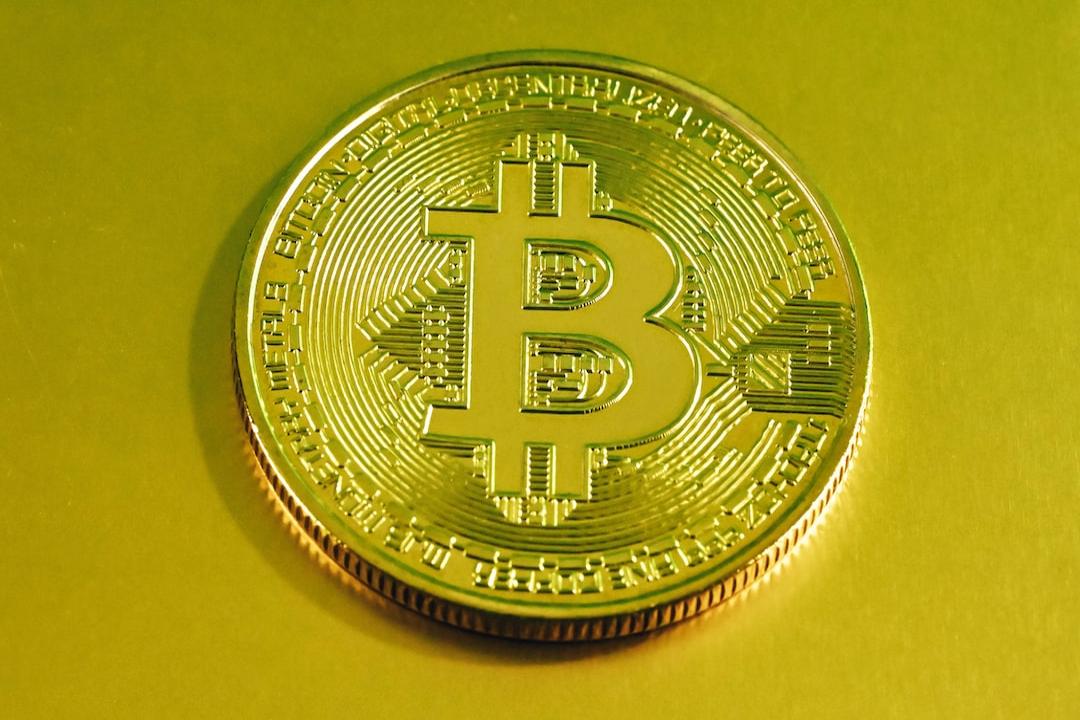Bitcoin (BTC) made history on March 5 by surpassing $69,200 and setting a new price record. This significant milestone coincided with another achievement in the traditional financial markets, as gold reached an all-time high on the same day. According to TradingView data, spot gold broke its previous record and reached $2,130 at approximately 1:30 pm UTC, surpassing its previous highs set in December. In less than two hours, Bitcoin also reached a historic high of $69,210 at 3:00 pm UTC. This new all-time high for Bitcoin came more than two years after it surged to $69,000 on November 9, 2021.
This simultaneous achievement of new records for Bitcoin and gold is a first since the emergence of Bitcoin in 2009, as indicated by the price charts. The community quickly interpreted these events as another blow to fiat money, as both gold and Bitcoin are often considered potential hedges against fiat currencies and inflation.
Some analysts believe that the rally in gold and Bitcoin to new highs is driven by the prospect of lower interest rates in the future to manage sovereign debt loads. StoneX global head of research, Matthew Weller, highlighted that these all-time highs are occurring in a backdrop of relatively high interest rates, around 4.5% and above, across the developed world. Weller stated, “For Bitcoin, the ongoing rally is largely contributed by the excitement about the upcoming quadrennial halving event and the massive inflows in spot BTC exchange-traded funds in the United States.”
Despite the historic highs, some prominent Bitcoin bulls have expressed more confidence in Bitcoin over gold. Billionaire Shark Tank star Mark Cuban stated in a CNBC interview on March 5, “I’m investing in Bitcoin over gold all day, every day.” However, well-known gold bull Peter Schiff responded by saying, “This shark is swimming in the wrong tank.”
At the time of writing, Bitcoin has seen a 52% increase year-to-date, according to CoinGecko data. On the other hand, spot gold has experienced a modest 2% increase since the beginning of January.

